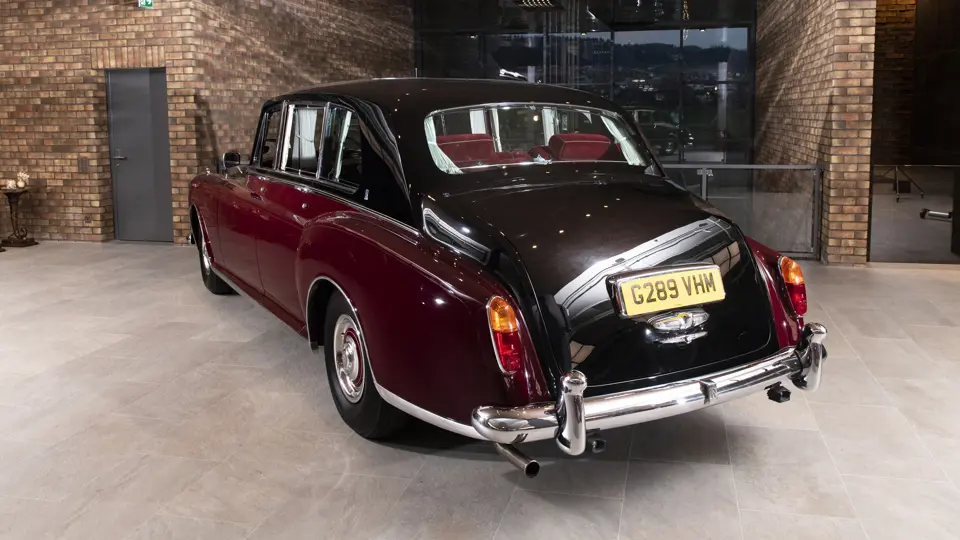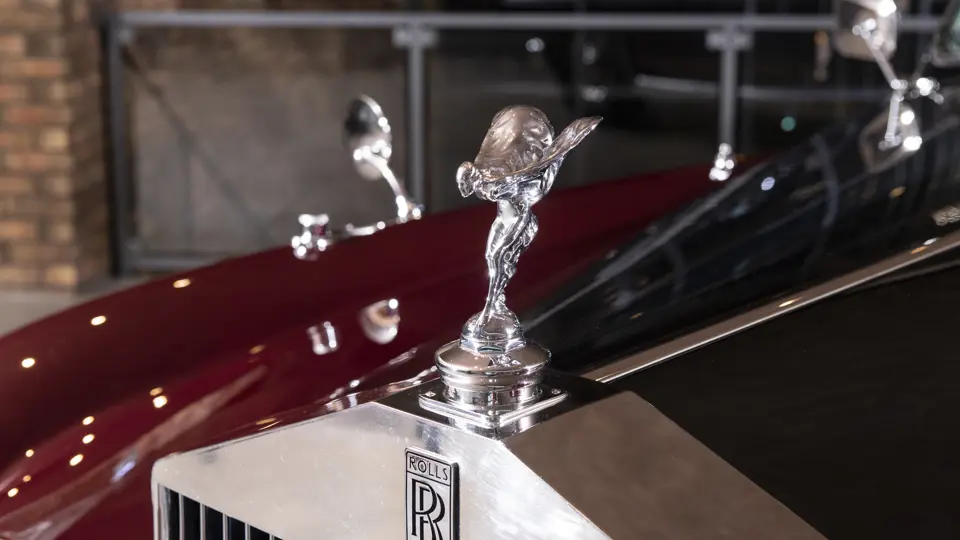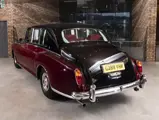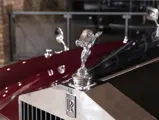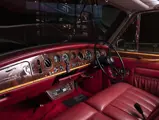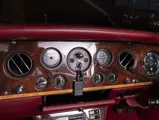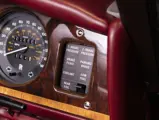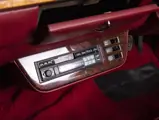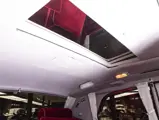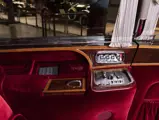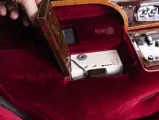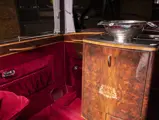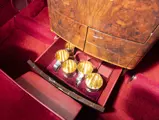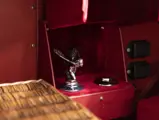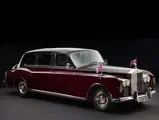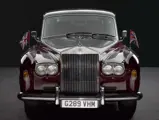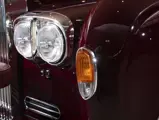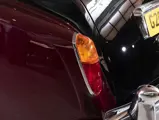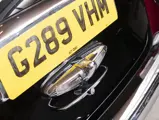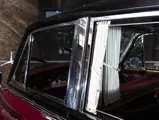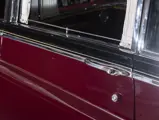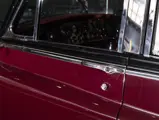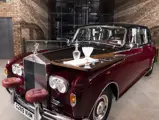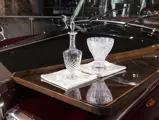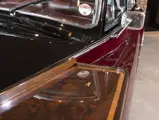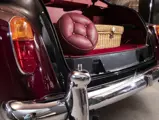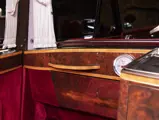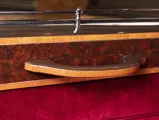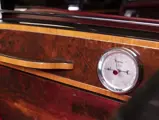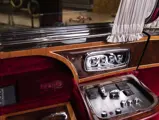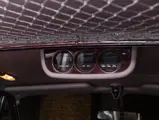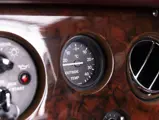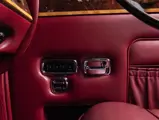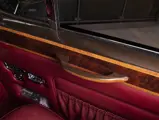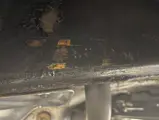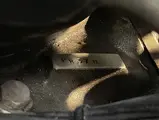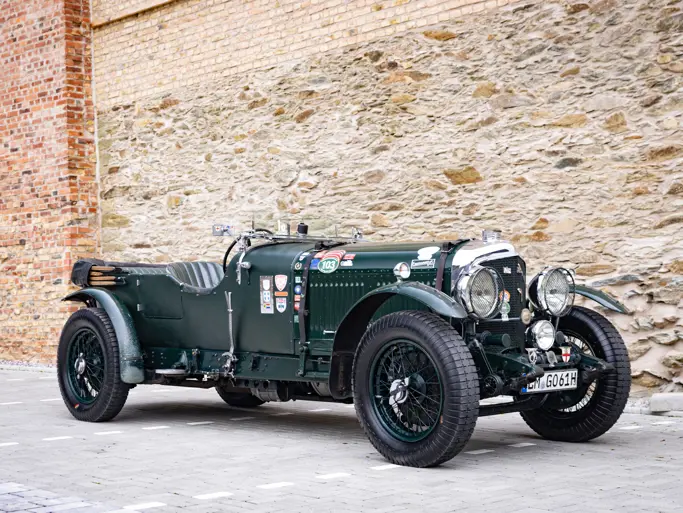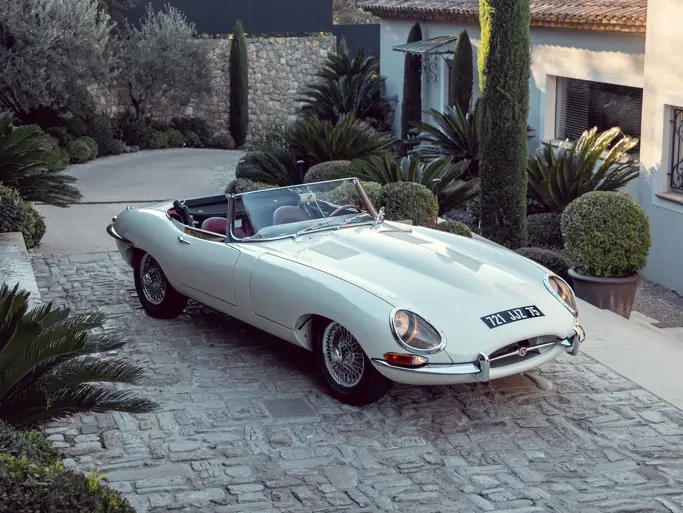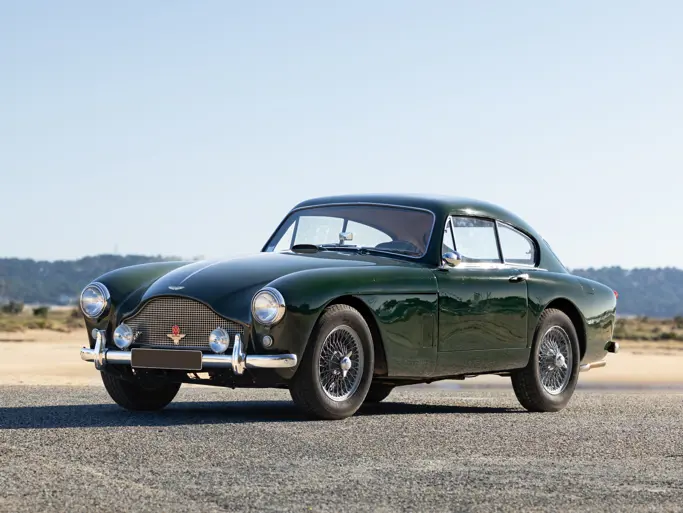
1990 Rolls-Royce Phantom VI Special Limousine by Mulliner Park Ward
{{lr.item.text}}
CHF511,250 | Sold
{{bidding.lot.reserveStatusFormatted}}
- The final Phantom VI built for a private customer; the last limousine built
- Extraordinary bespoke specification for original owner, George Moore CBE
- Outfitted with 118 special options and delivered at a cost of £600,000
- Acquired for the collection from Mr. Moore in 2007
- Immaculate condition throughout
A REFLECTION OF ITS OWNER
The Rolls-Royce Phantom VI came into being in 1968 as—in the factory’s typical fashion—a steady evolution of the previous Phantom V, and the company’s most prestigious motorcar. James Young having finally faded into history, Rolls-Royce found itself for the first time as sole provider of coachwork for the Phantom via its own Mulliner Park Ward works. Yet, as before, these were by no means production cars. Each was the bespoke, tailored product of the individual style of its original owner.
Retired furniture manufacturer and philanthropist George Moore CBE placed the order for his first Phantom VI in 1983 while visiting the Hythe Road works, where each car was painstakingly hand-crafted. He was shown the factory’s demonstrator, equipped with every option and accessory conceivable to the minds of its builders—an automotive dessert cart from which buyers frequently selected a few special features, denying others as their tastes directed. Mr. Moore looked at the car, decided he wanted all the options, and then kept dreaming, beginning a build process that took over two years and two months. The result, personally delivered by Rolls-Royce’s appreciative Chief Executive in 1985, was the most lavishly equipped Phantom VI ever built. Mr. Moore was so thrilled that he took the 60 employees who built it out to dinner at his favorite restaurant; the cheque, like the car, was not inexpensive.
Mr. Moore had ordered the car for his daily use, and use it daily, he did, with his chauffeur accumulating 100,000 miles over five years. He then made the decision to order a second Phantom VI, coinciding with the announcement that the model would soon be discontinued. Given his unique status with the factory, Mr. Moore was able to secure the commission of the very last example to be built for a private owner: The car offered here.
THE FINAL CUSTOMER PHANTOM VI
The second Moore Phantom VI was finished to match its predecessor in Black over Maroon, with additional stainless steel exterior trim and chrome fender mouldings, and Rolls-Royce badges to the rear quarter panels. With overseas travel a consideration, the front and rear bumpers were designed to be removable, allowing the car to fit snugly into a standard 20-foot shipping container—a touch borrowed from Her Majesty Queen Elizabeth II’s Phantom VI State Limousine, as were the flagmasts on the front fenders.
Within was a driver’s compartment in red leather, “as soft and as comfortable as possible,” with right-hand steering. The rear compartment was finished in matching Thurston velvet with loose cushions and lambswool overrugs, beneath an ingeniously designed sliding glass sunroof and an aircraft-style temperature gauge and clock, mounted in the headliner. Aft, a “magazine net” was “large enough to accept the Times.” Silk draperies shaded the windows and veneers throughout were specially selected. Both the front and rear compartments were equipped with independent air conditioning, door lock, telephone, and radio systems. Only the passengers had access to a cocktail cabinet stocked for all occasions, with not only the typical stemmed glasses, cut crystal decanters, and provision for the owner’s finest bottle, but also a lemon dish, corkscrew, tongs, and set of beer tankards!
When weather permitted celebrations to be held outside the car, it became a rolling dining table; ingeniously engineered “toadstool” seats emerged from the boot to be mounted to each of the bumper overriders, and veneered tables dropped into place over the front fenders, creating a very pleasant spot for a repast at roadside. Indeed, the boot lid itself was modified to open more widely to accommodate diners. Silver, china, and napkinry were at hand, within a wicker hamper in the boot, stowed near two umbrellas.
Lest one have the impression that this was not a working man’s automobile, an electric pencil sharpener was integrated into one rear armrest, and the jump seats were specially spaced apart to accommodate the occasional carrying of file boxes.
All told, the total options list ran to 118 items, literally too many to fully describe here—and incorporating them necessitated an additional 4,300 hours over the build time of a “typical” Phantom VI. The car was delivered to George Moore at a cost of £600,000 and was, as intended, the last limousine built, documented in the February 1992 issue of CAR. It was followed out of Hythe Road by only one further Phantom VI, a State Landaulet for a very special client: Rolls-Royce Ltd., itself, which intended to maintain the car in perpetuity as a bookend to the original “Silver Ghost.” The Sultan of Brunei soon came calling, however, and that was that.
A MONUMENT TO A BYGONE ERA
Mr. Moore’s aptly named Special Limousine joined its well-weathered predecessor at his palatial country home and was used gently, sparingly, for most of the rest of his life. In early 2007 both cars were finally made available, and the current collection happily acquired the 1990 Special Limousine, becoming only its second, very proud owners. Afterward its carburetors were completely rebuilt, and the engine meticulously tuned to meet Swiss emissions standards, a process that took some two years to accomplish. Since then, the car has continued to be maintained extremely well; it remains in virtually pristine condition, a testament to the care afforded it by both its original and present caretakers. It is accompanied by copies of its extensive build documentation and a FIVA Identity Card.
In a world where automobiles are frequently described as unique and special, the final Phantom VI limousine truly is. The ultimate statement of the capabilities of traditional craftsmanship when combined with boundless imagination and unlimited funds, it stands proudly as the exclamation point on its era.




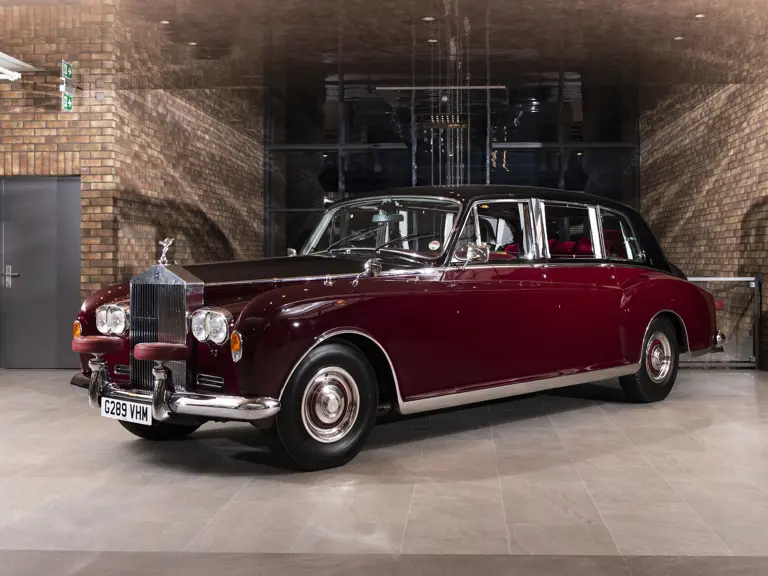
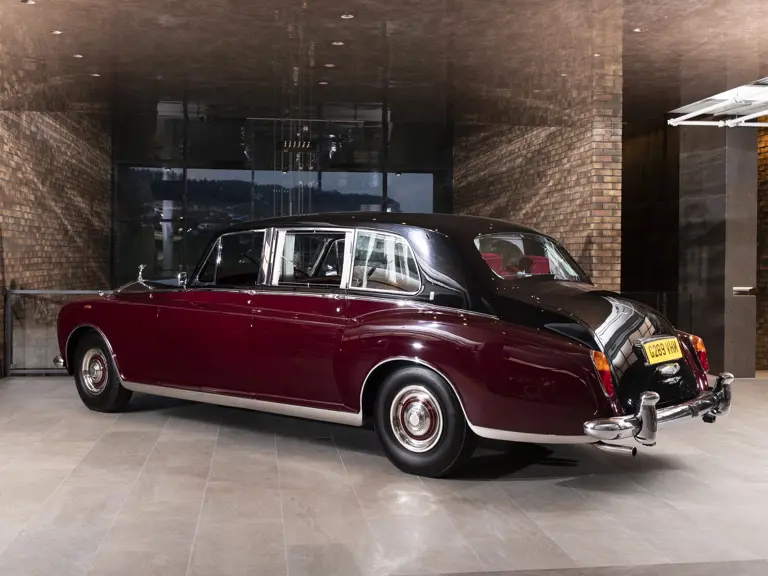
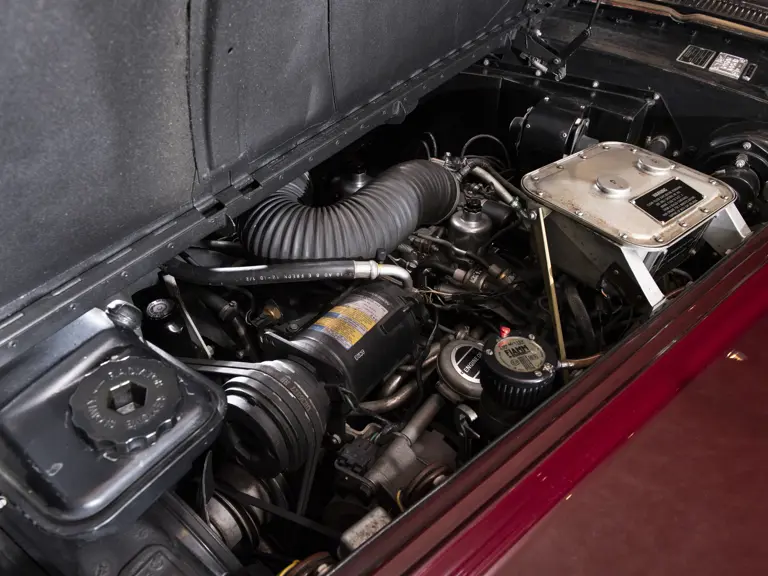
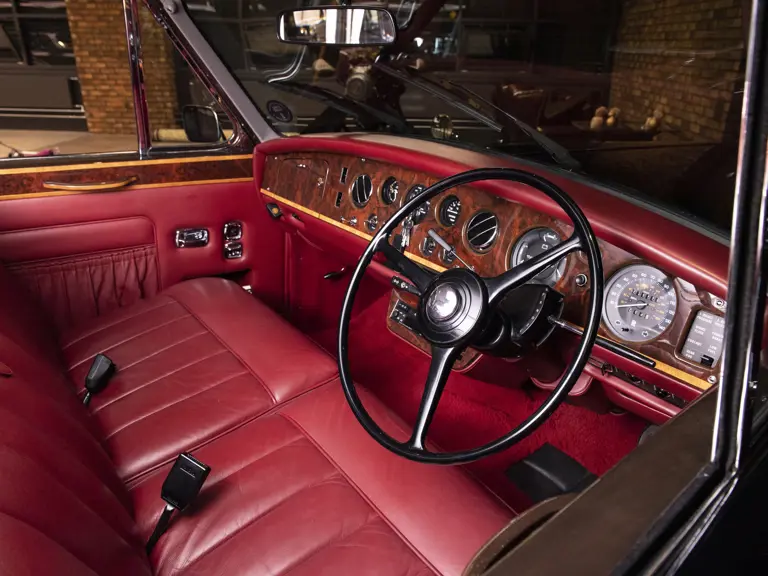
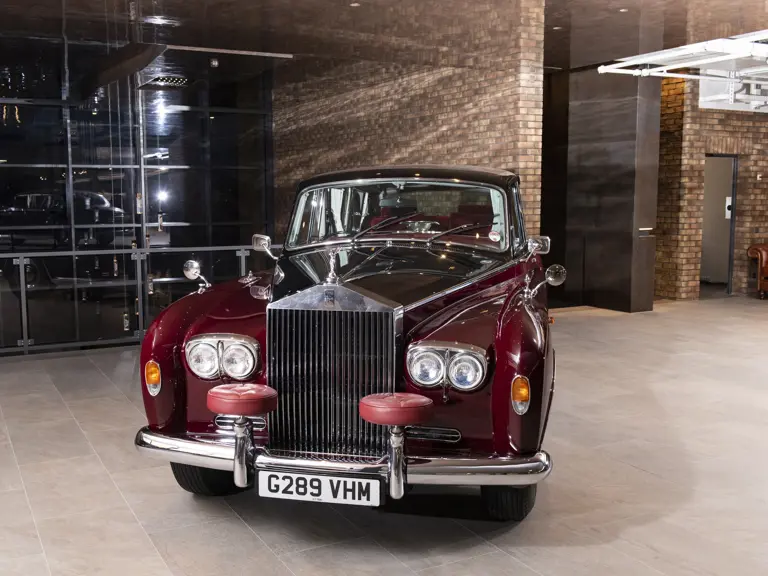
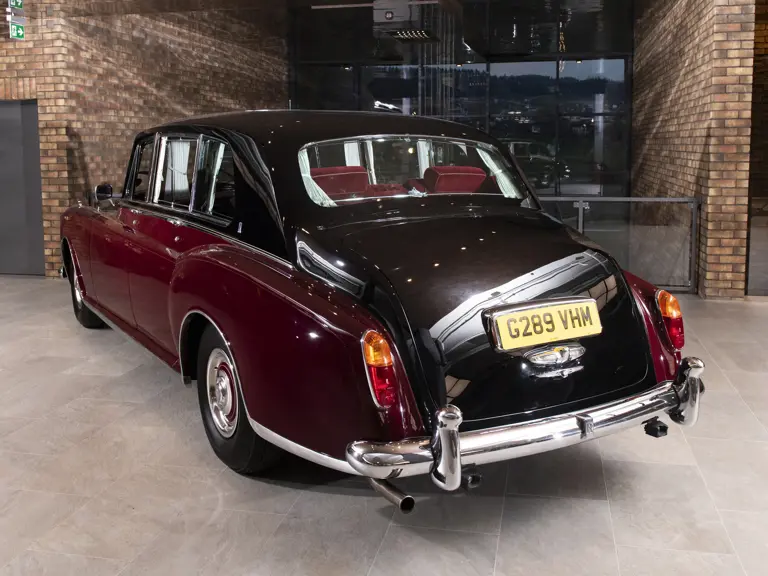


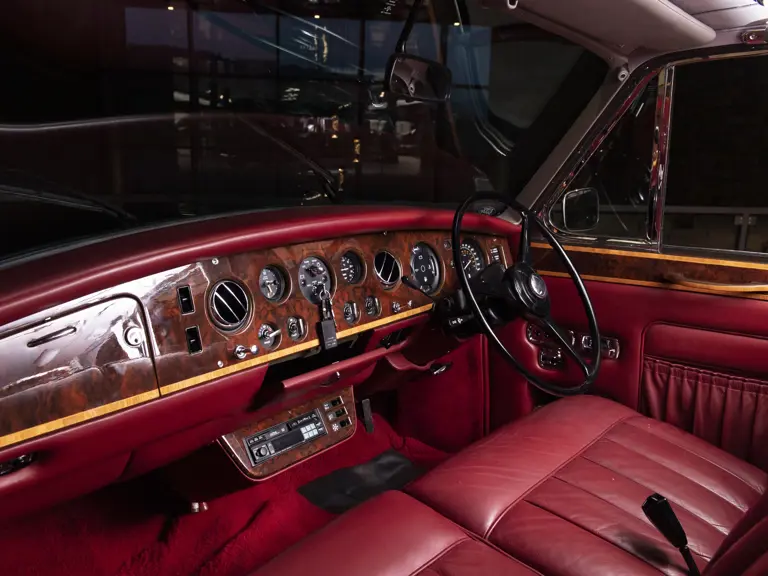
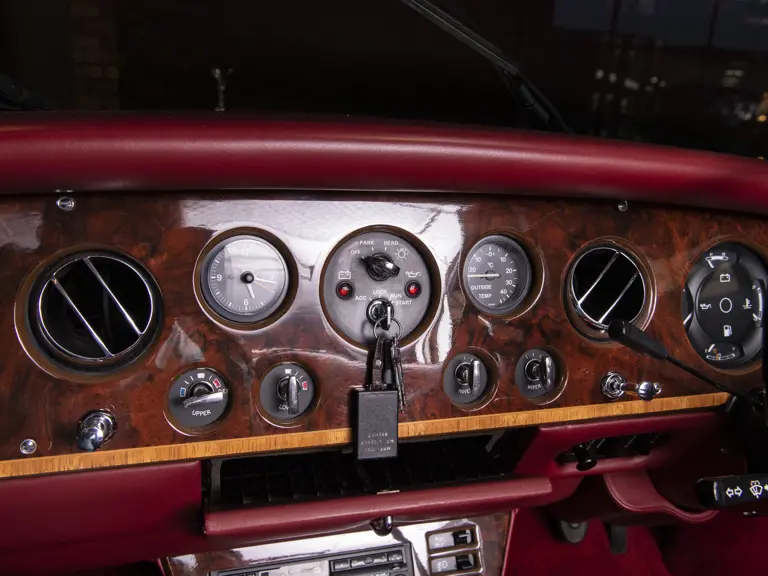

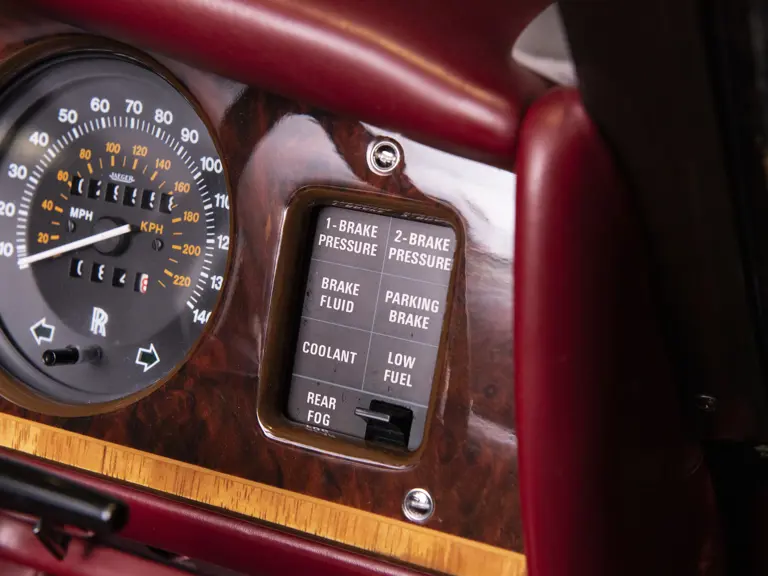
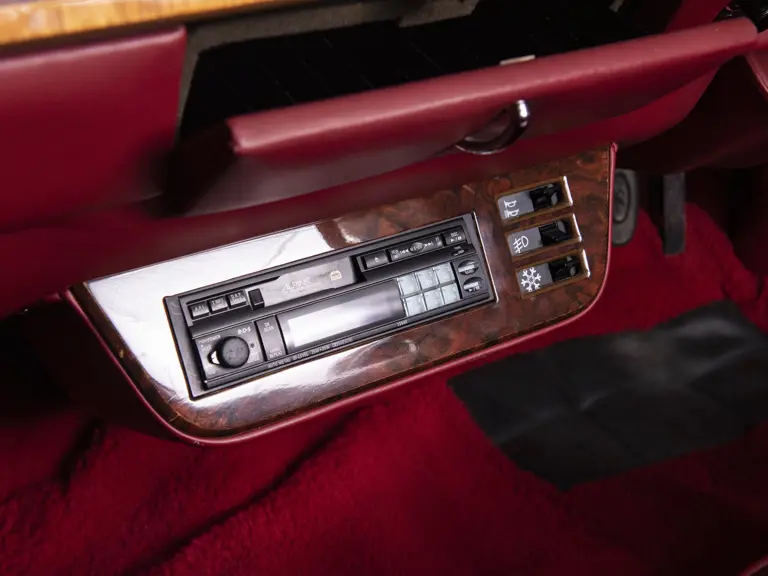
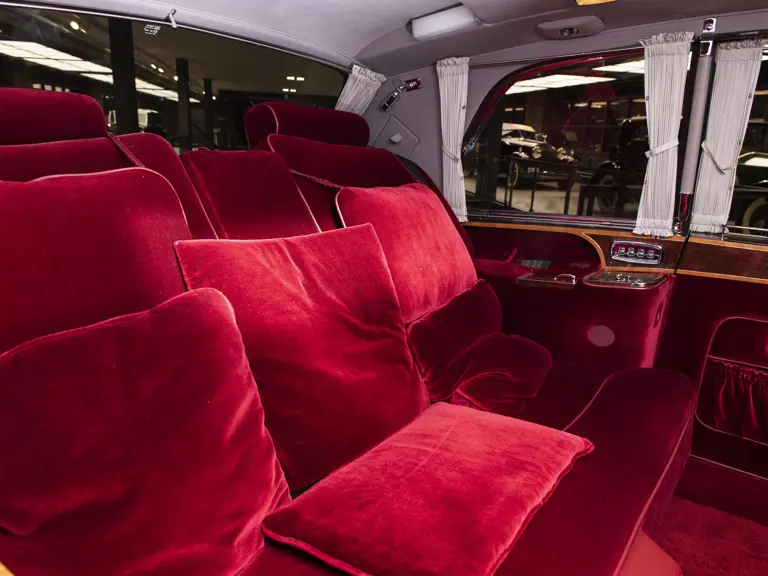
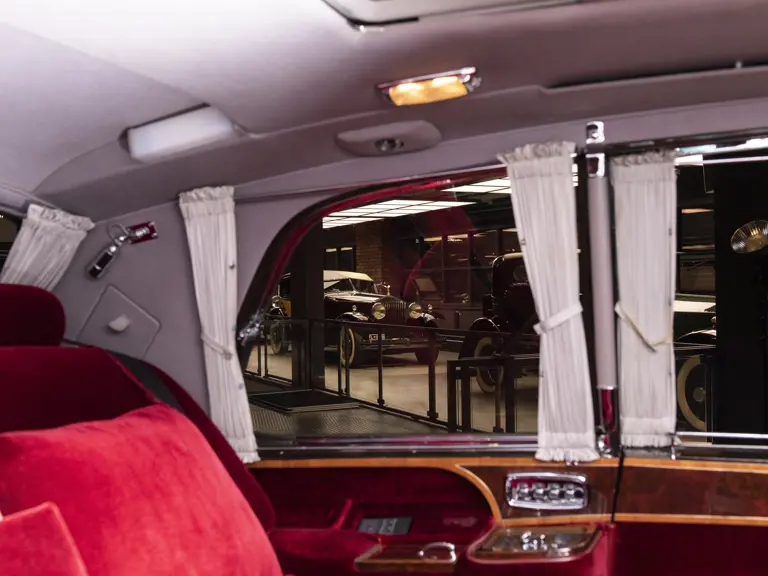
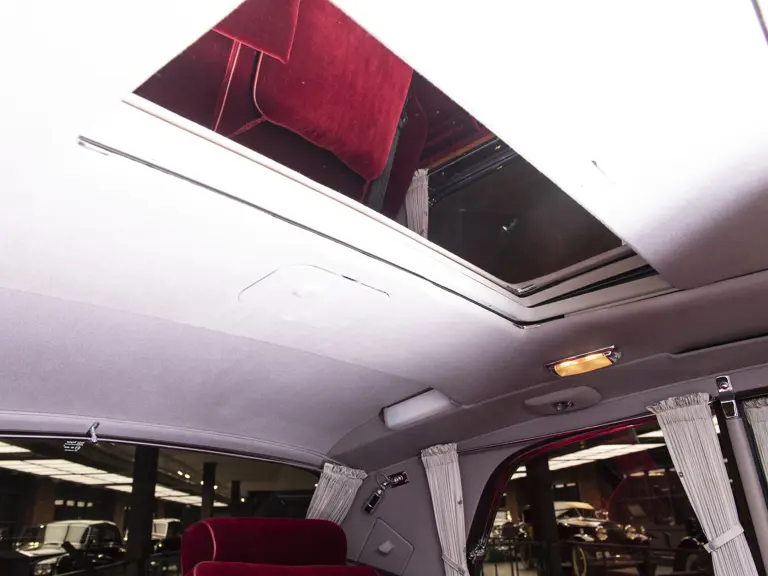
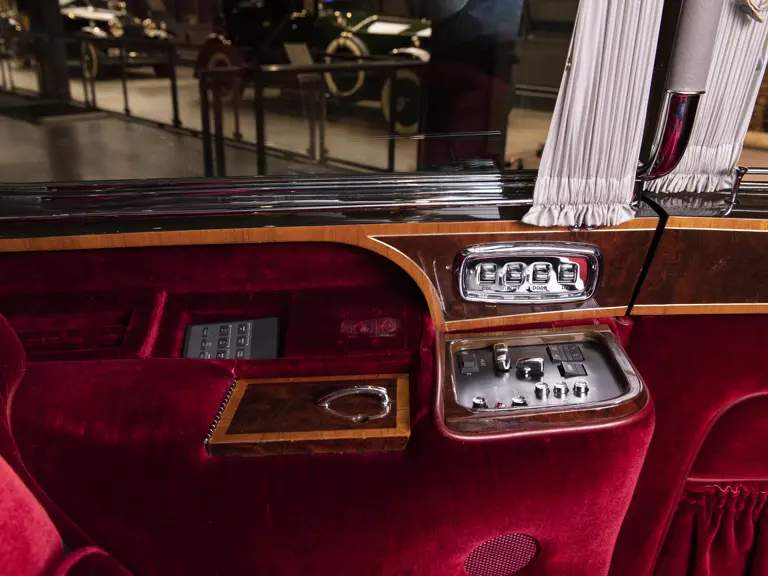
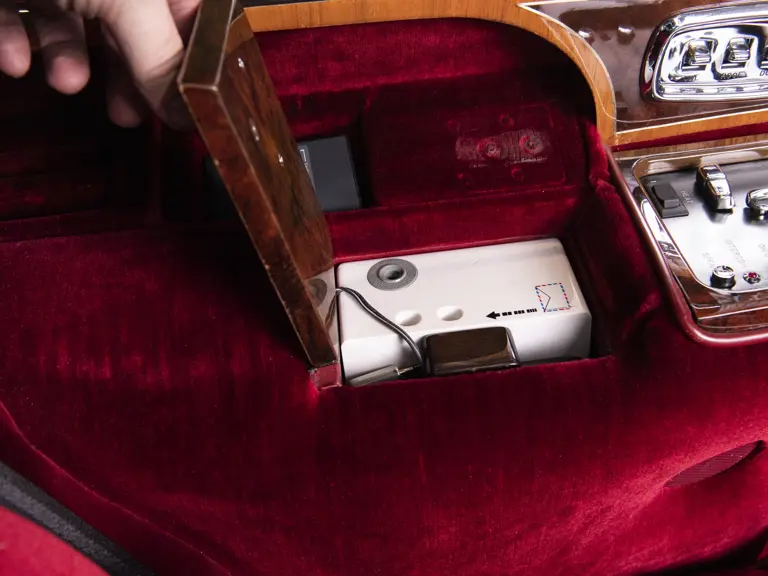
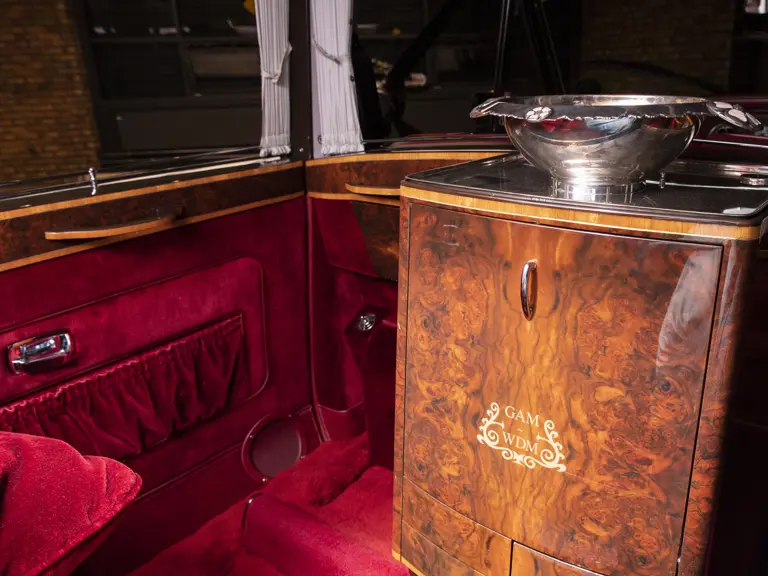

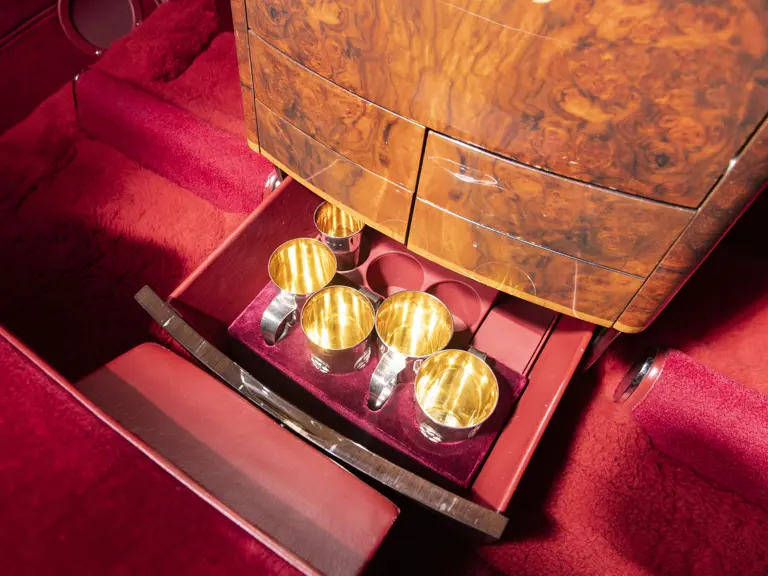
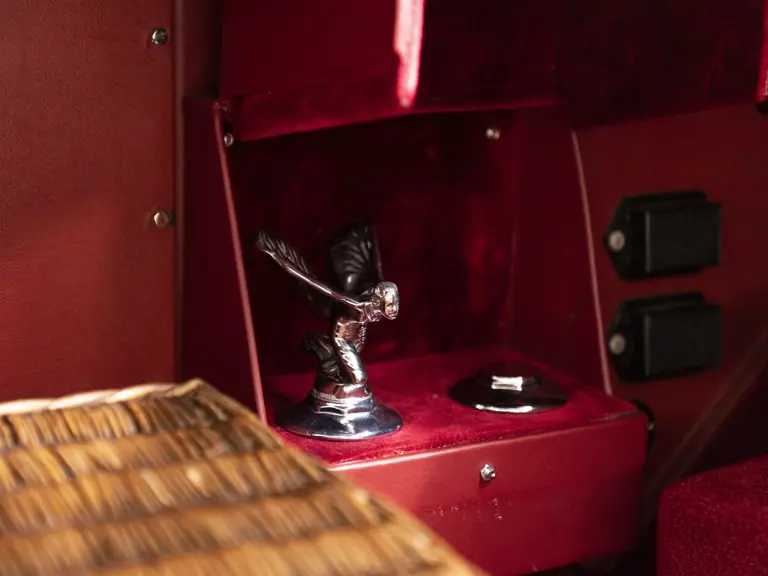
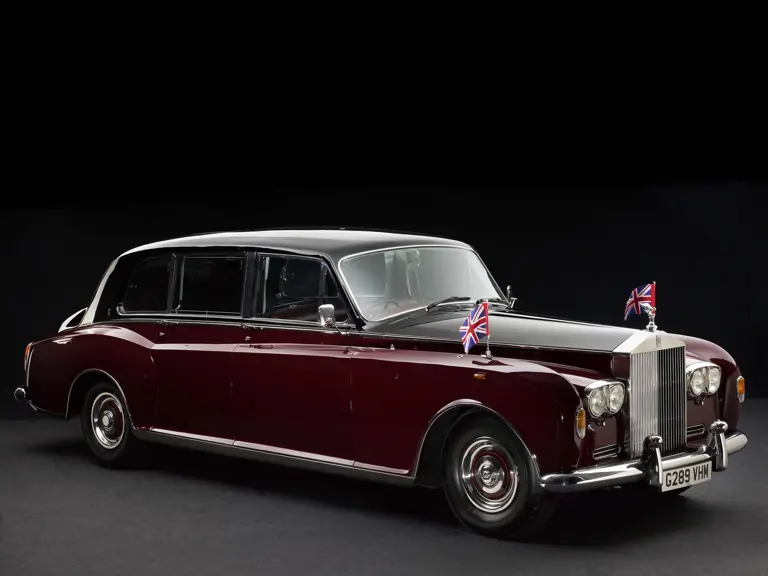

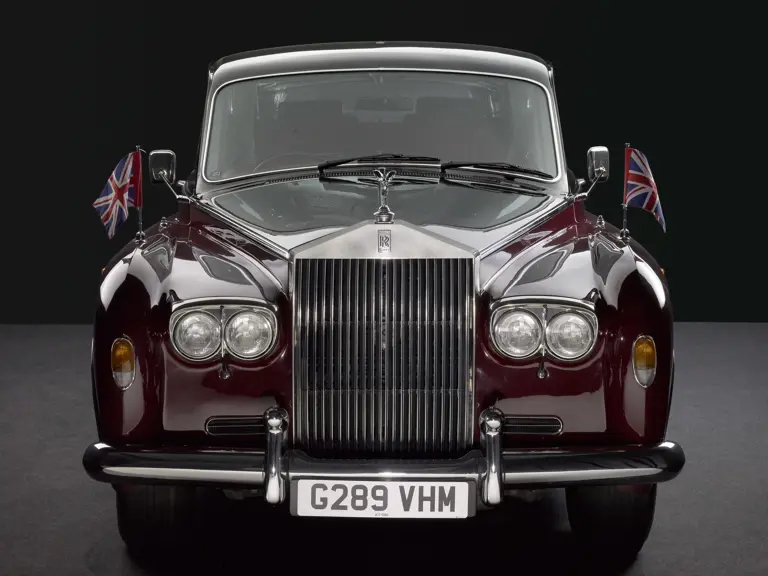

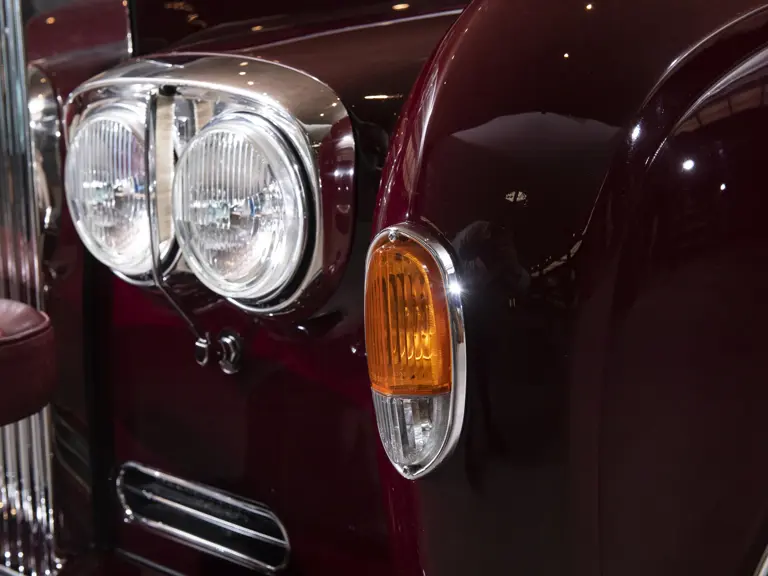
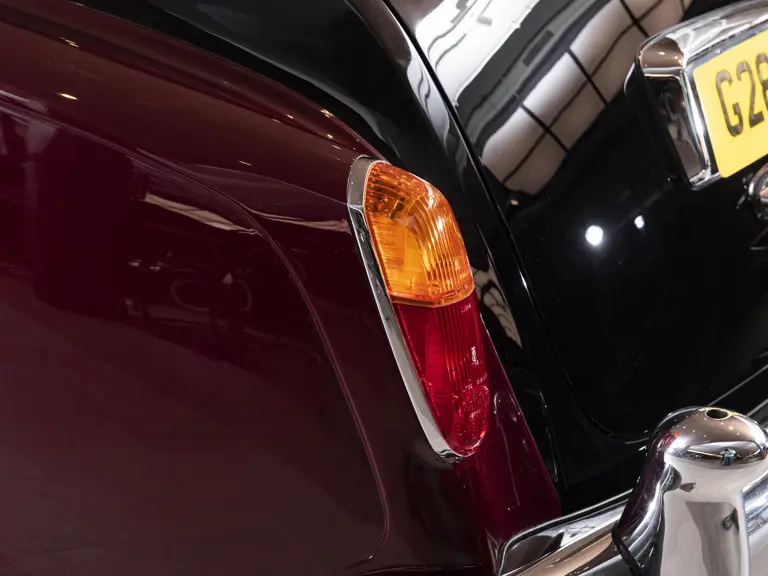

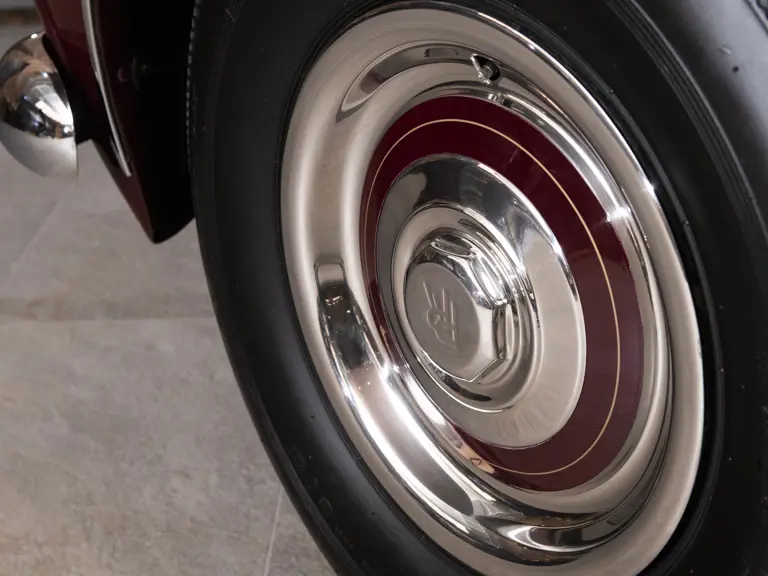

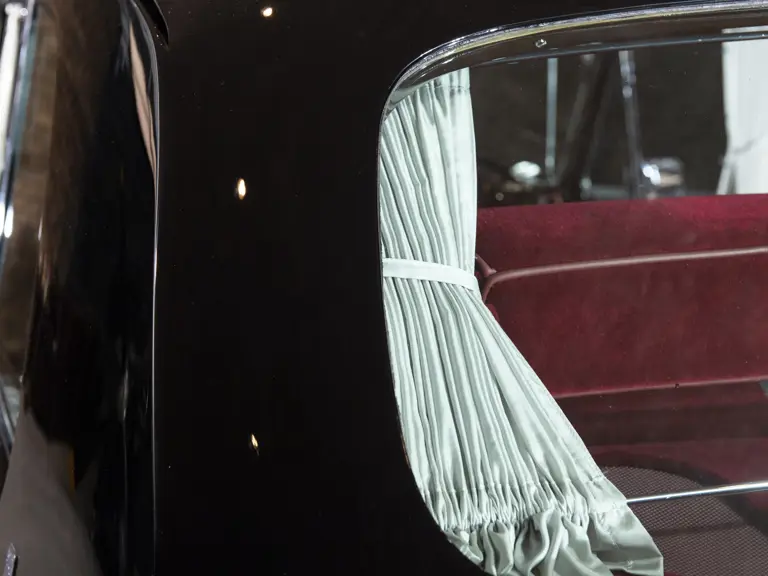

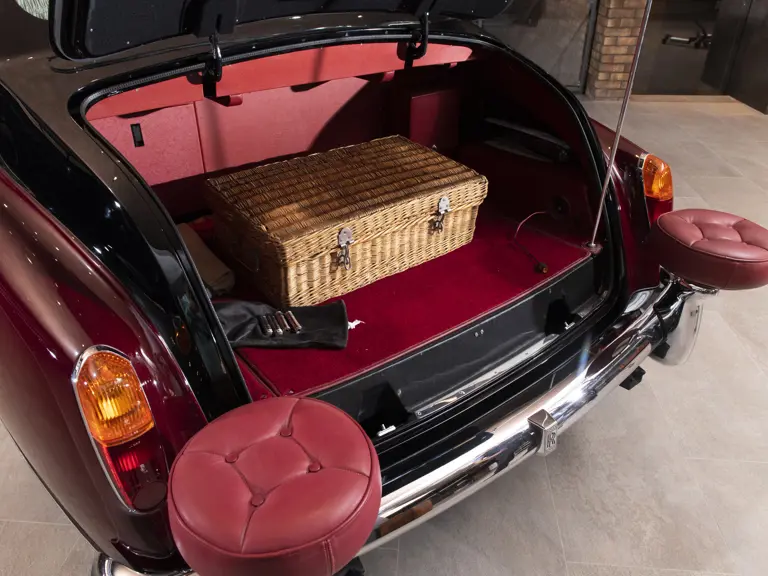


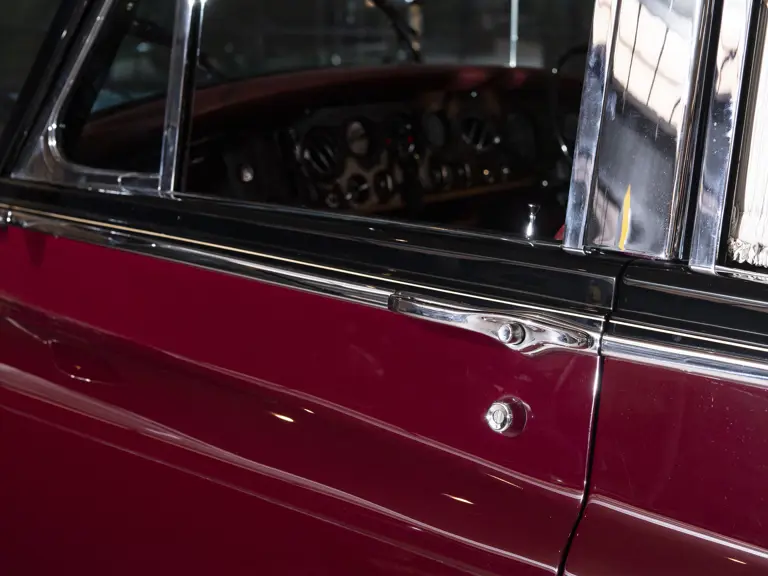
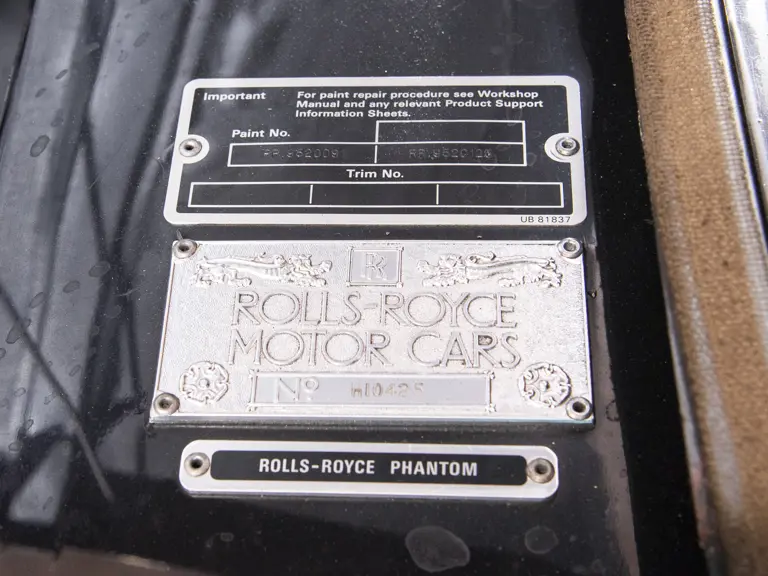

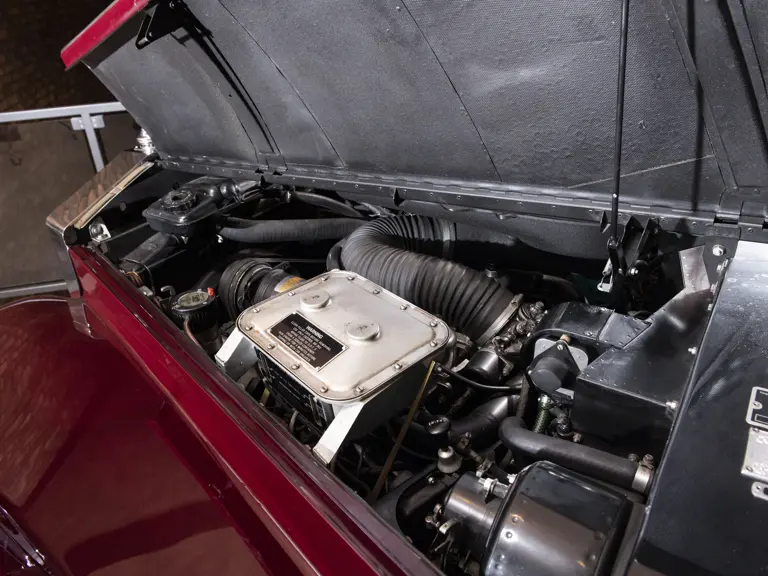

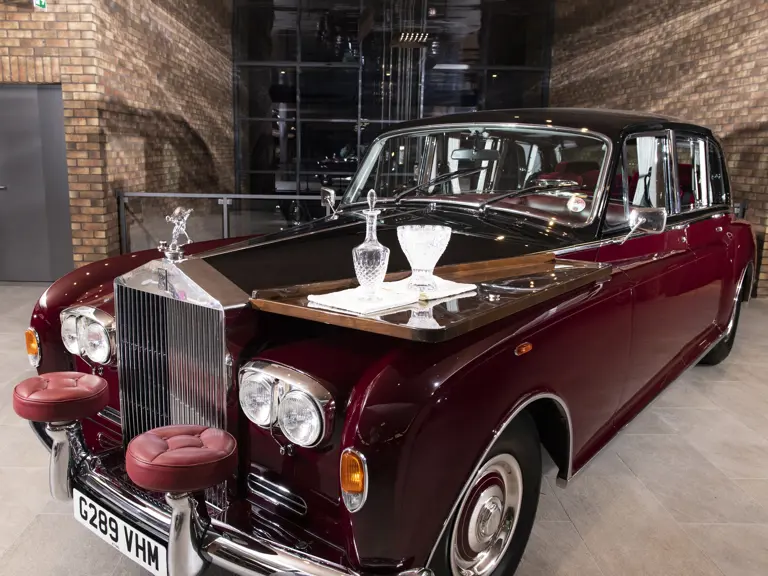
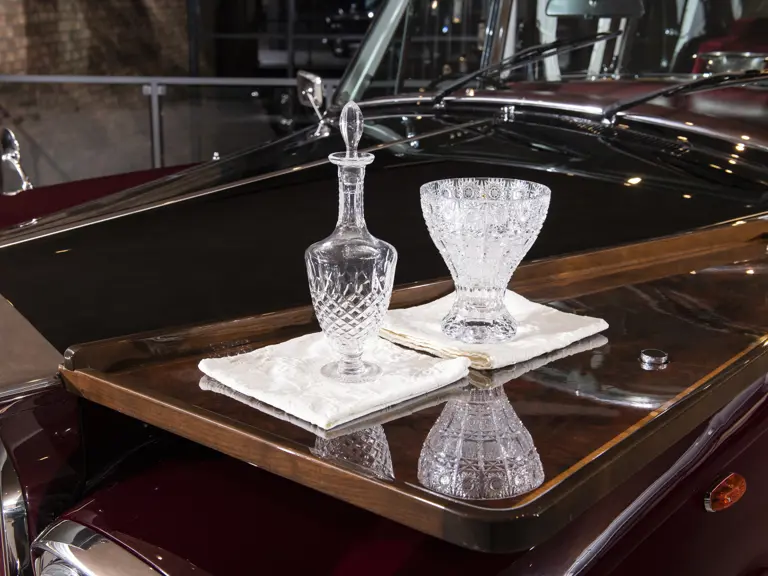

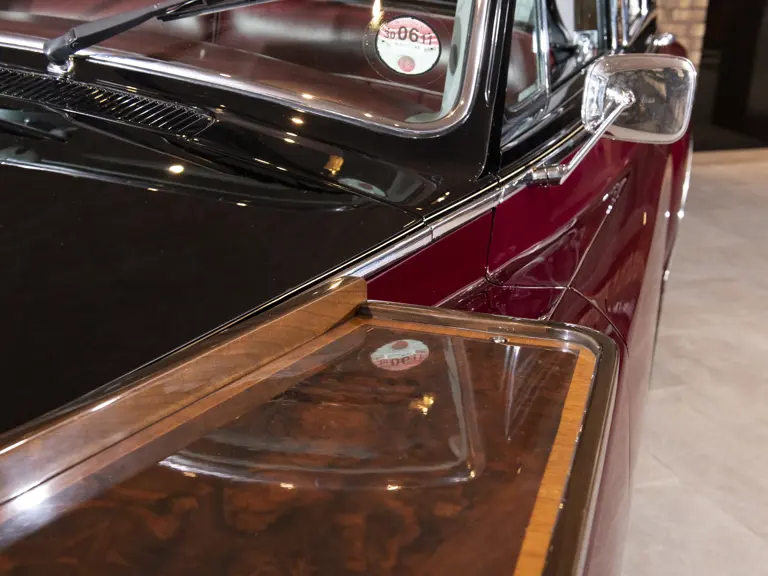

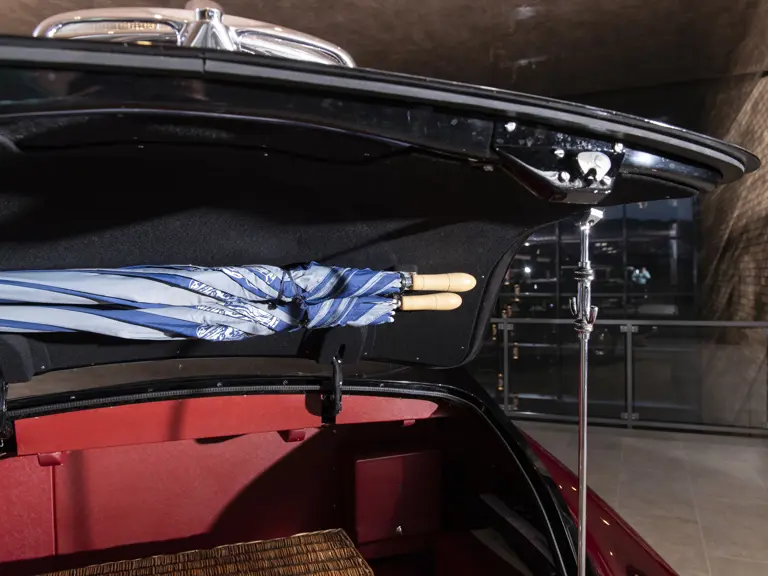




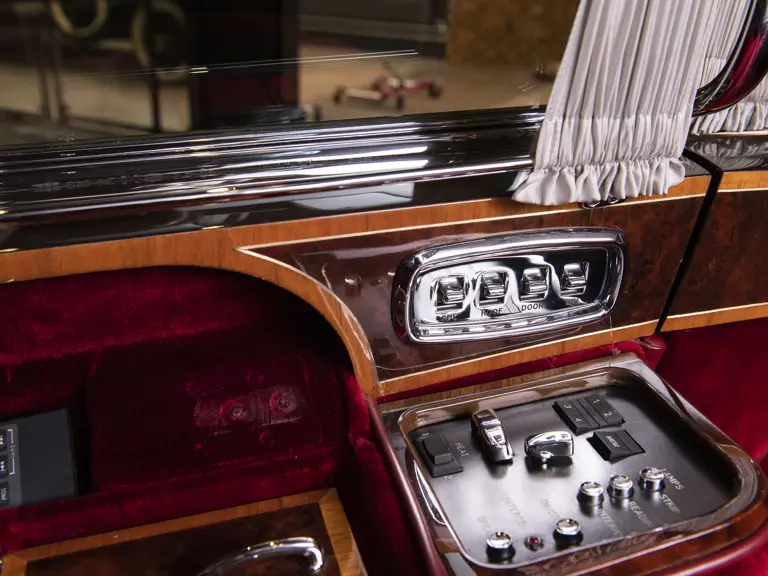


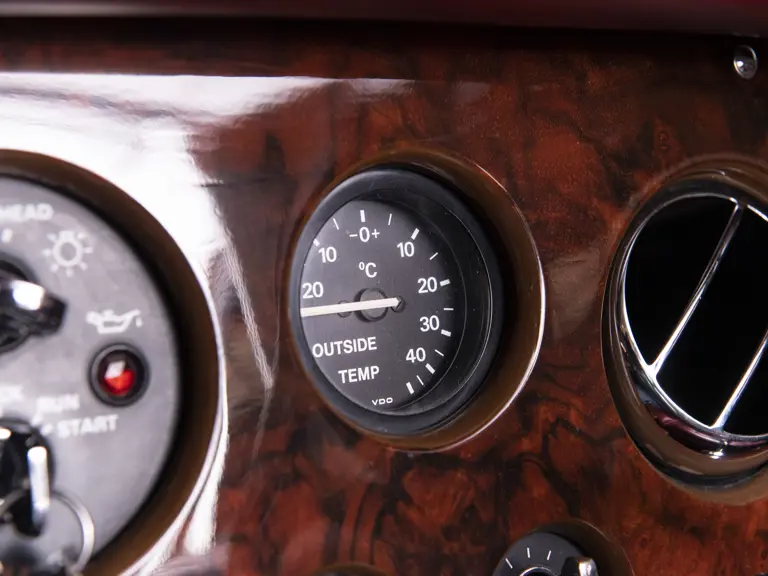

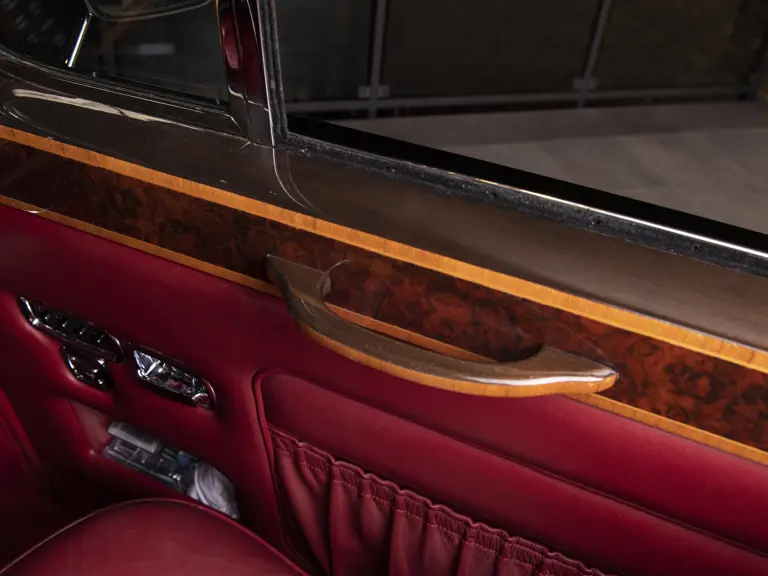
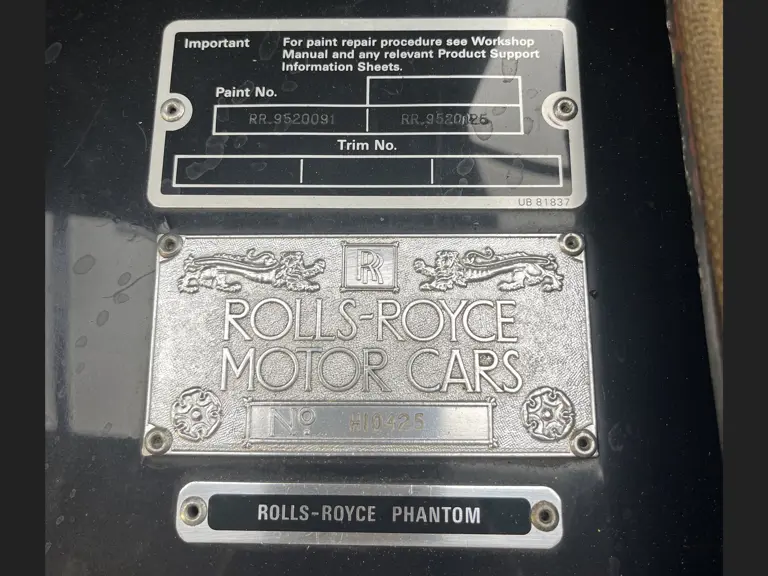

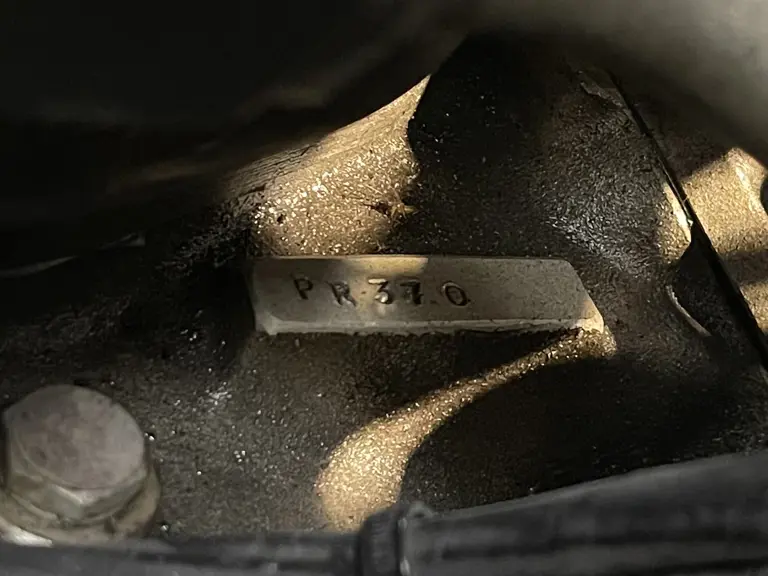
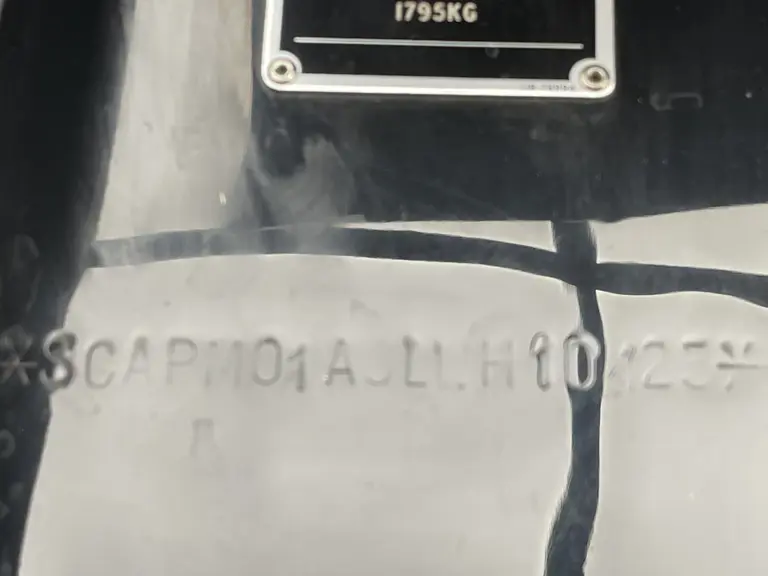
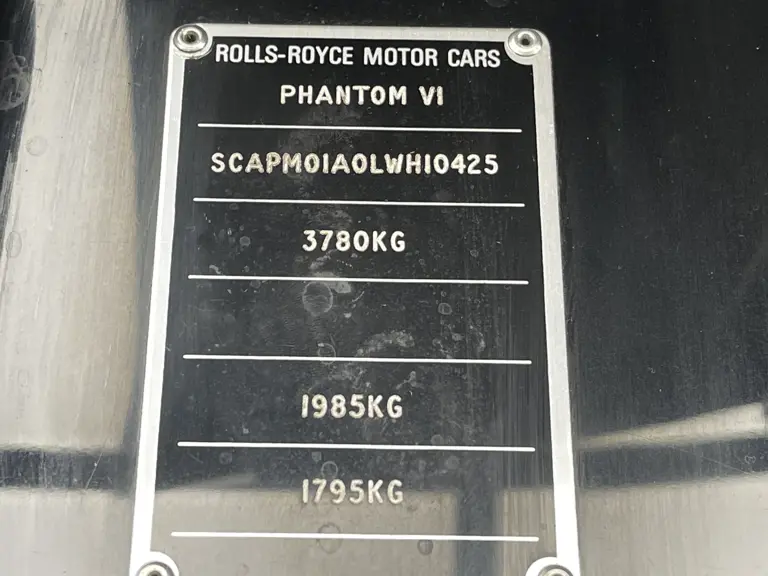
 | Eschen, Liechtenstein
| Eschen, Liechtenstein

